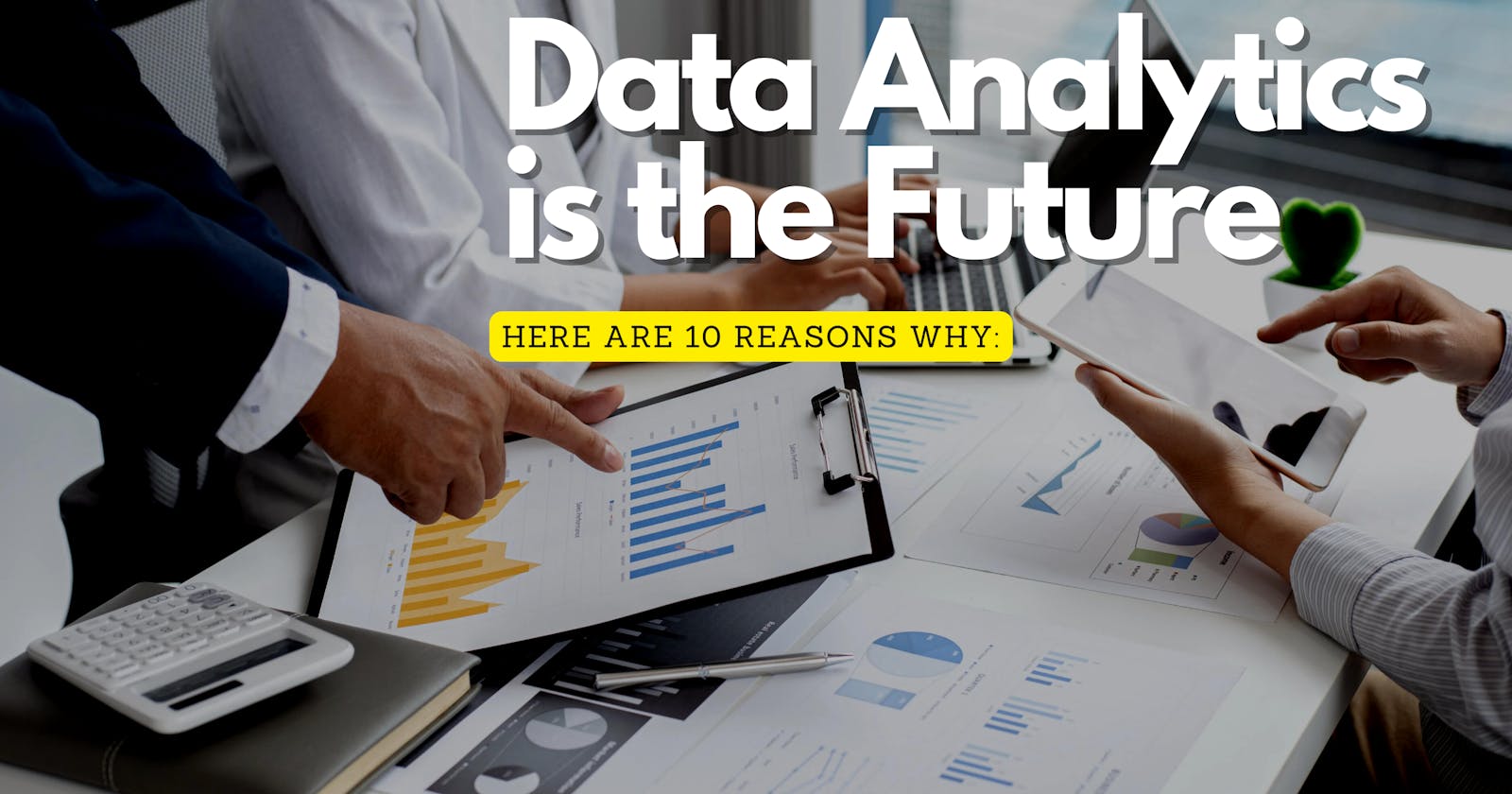10 Reasons Why I think: Data Analytics Is The Future
A story of data analytics and 175 zettabytes of data!
I’ve been working as a Business Intelligence Developer and have been rigorously working on data, building a data warehouse and creating analytical reports.
There is no secrete that data analytics is the future. It is an ever-evolving field that is transforming the way businesses operate and make decisions.
By leveraging data-driven insights, organizations can gain a competitive edge and maximize their potential. As data analytics continues to evolve, it will become increasingly important for businesses to stay ahead of the curve and use data to inform their decisions.
Today I’m sharing exact 10 reasons why I think Data Analytics is the future.
1. Data Is Growing
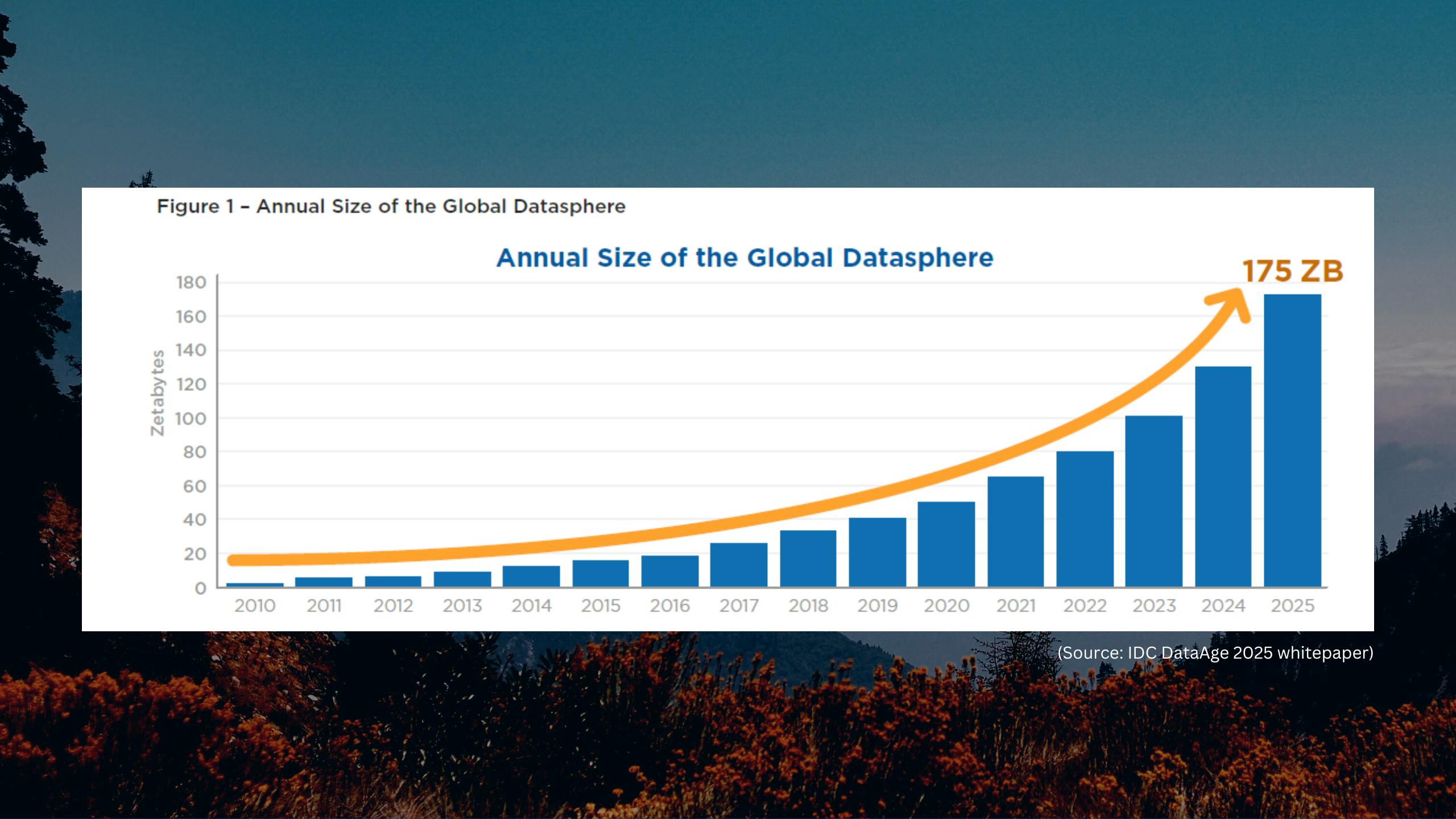
It is estimated that the world will generate 175 zettabytes of data by 2025. Without data analytics, the future would be unimaginable. Data is growing rapidly due to the Internet of Things, social media, and a more digitized world.
Unstructured, raw data is of no use without data analytics, which is essential for making sense of it and deriving valuable insights.
2. Analytical Reports
Every online system has its analytical reports, designed to present meaningful insights in an easy-to-understand format and as quickly as possible. Don't believe me? Just open any mobile app and you'll find a dashboard with various metrics starting from social media apps, fitness apps, to finance apps.
You'll find analytics everywhere, and it's a fun fact that we've all been using it for quite a while now. Dashboards and reports are becoming more modern every day.
Their loading time is decreasing, and data update frequency is increasing. Businesses are paying attention to providing a great user interface on top of analytics reports.
Example 1: LinkedIn Analytics
Open LinkedIn and you'll find analytics such as views, likes, comments, and more. Other social media platforms also have similar metrics. LinkedIn's built-in profile analytics reports are not that good enough, so I use ShieldApp Analytics to view my LinkedIn profile analytics.
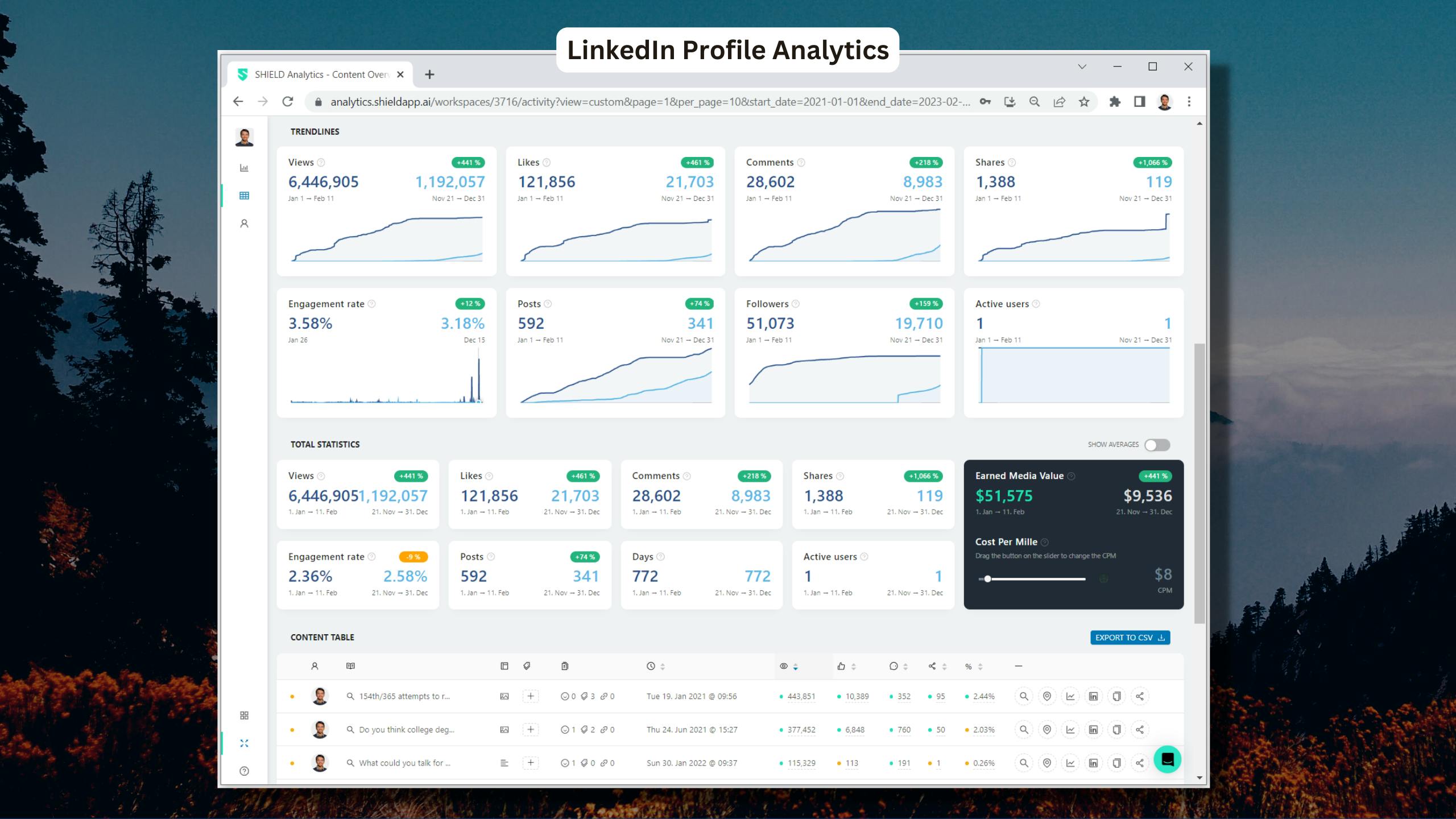
It's a lifesaver analytics tool when it comes to analyzing the content created by me in the last couple of years.
The reports summarise what kind of content gets maximum engagement, what's working, and what's not working.
It helps me to produce more content around topics which has got more engagement in the past.
Example 2: Apple’s Health App
Another example could be an Apple Health app. You’ll find nice dashboards and reports that show your activities, and health-related information.
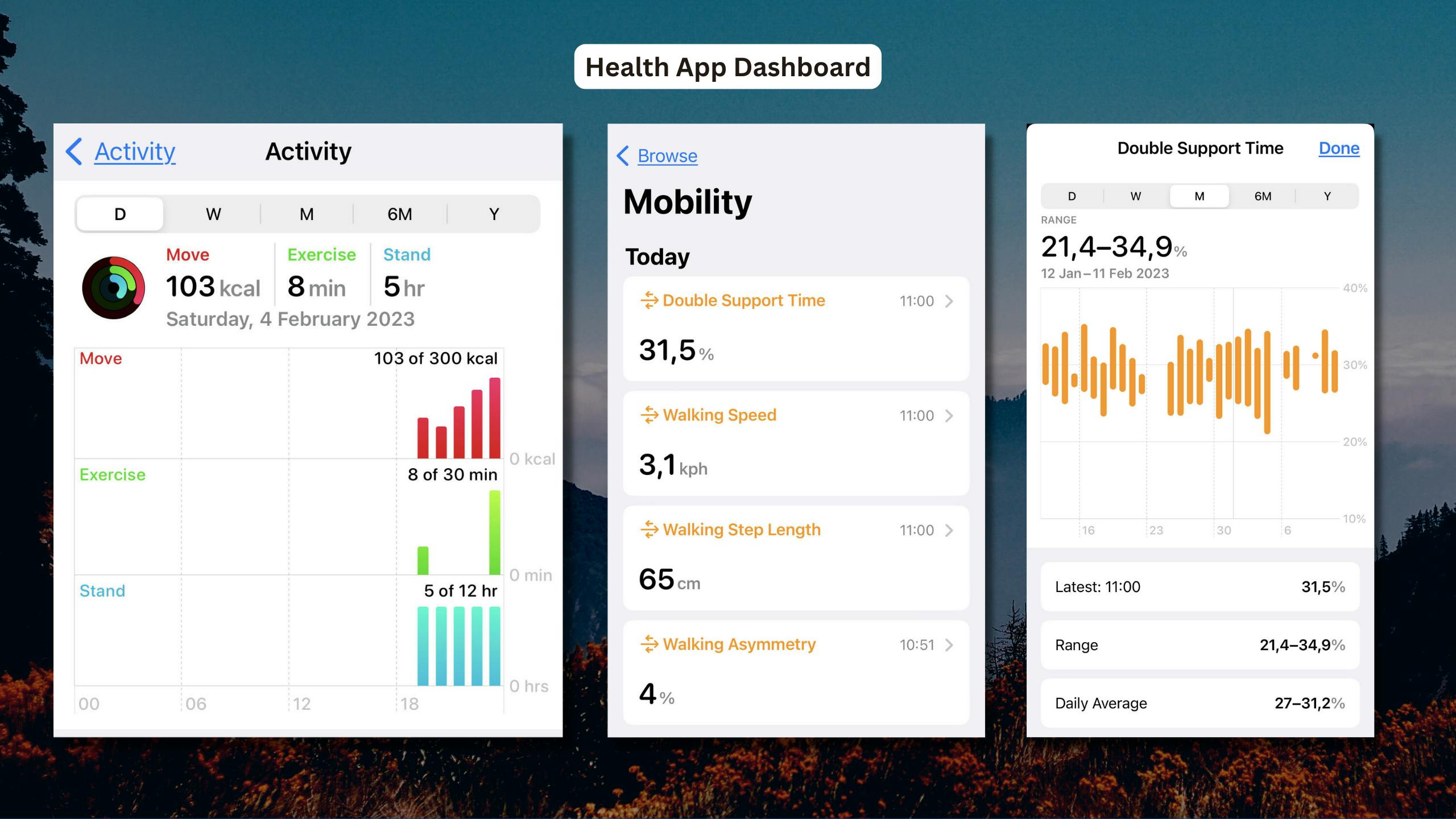
Example 3: Electricity Consumption Report
Almost all electricity providers have their mobile apps where you can see the details about your daily consumption, prices, invoice and so on. This is very useful for you to keep track of your electricity utilization.
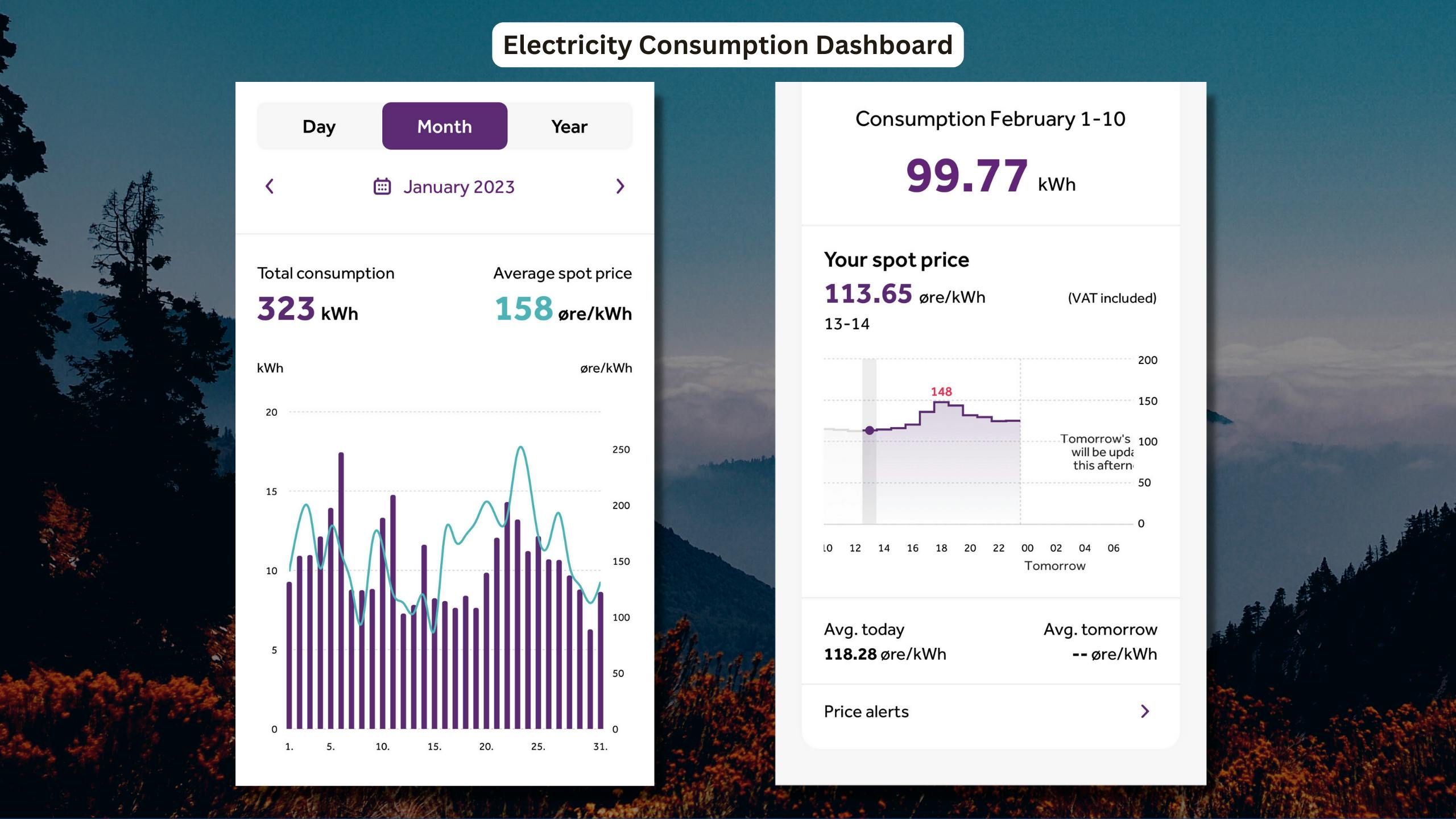
In case your electricity provider doesn’t have a mobile app or online portal it means they are not yet digitally empowered.
They need a bunch of mobile app developers, BI developers and data analysts who can build their online system better by creating meaningful dashboards and reports.
These are some examples of how users view the information in reports. Taking a step back, consider how many reports and dashboards these companies have created to monitor multiple metrics.
They need to keep those reports up-to-date so they can make informed decisions about the company's direction.
3. DDD: Data-Driven Decisions
The business world is becoming more data-driven. Companies are increasingly recognizing the value of data and investing in data analytics to gain a competitive edge.
People are more informed and don't want to rely on guesswork when making business decisions. Data analytics is helping to improve decision-making, allowing companies to make better decisions and improve their bottom line.
4. Customer Experience
Data analytics is enhancing customer experience. Customers are conveying their preferences through their activity, and businesses must interpret this data and activity to gain insights.
By doing so, companies can better comprehend their customers' needs and customize their products and services accordingly. This can help them to resolve major or minor business issues and open up new opportunities.
5. Optimized Operations
Every business has operational costs. Data analytics can help to identify inefficiencies and improve operations by analyzing processes and activities in the back end. This enables companies to make informed decisions and optimize their operations.
You can save a lot of operational costs by analyzing data generated through operational events and optimizing it for the good.
6. Improve Products and Services
You must try to capture as much data as possible. It is the best way to gain insights about your products and services. It can provide a more comprehensive understanding than what you already know.
Data analytics can be used to enhance products and services. By analyzing customer data, user activity, and events, companies can uncover new opportunities and create innovative products and services.
7. Optimize Marketing Efforts
No matter what kind of marketing techniques or marketing channels you use, in the end, everything gets analyzed and evaluated based on some metrics. For example
Social media marketing can be evaluated based on brand awareness by looking at content reach, engagement, etc
Email marketing can be evaluated based on open rate, link-click ratio, etc.
Performance marketing can be evaluated based on the number of leads generated, click-through ratio, etc.
Evaluation metrics may vary from business to business, but the fundamentals remain the same. Data analytics is helping to improve marketing.
By analyzing data from the various marketing methods and channels used, companies can develop more effective campaigns and better reach their target audience.
8. Healthcare
You may not be aware, but almost all clinical trials are done through the data analysis on test data. It is close to impossible to perform a clinical trial or research without data analytics.
A clinical data analyst verifies the validity of scientific experiments and gathered data from research. The purpose of these data analytics is to ensure that processes and protocols are followed, thus improving the quality and efficiency of care.
Data analytics also plays a major role in maintaining the healthcare system, and in generating accurate and precise medical reports after test data collection.
Data analytics is helping to improve healthcare. By analyzing data, healthcare providers can improve patient outcomes and reduce costs.
9. Demand
The average Data analyst salary in the United States is $82,207 as of today and it’s going to increase year by year (source).
You can literally open LinkedIn right now and search for “Data Analyst” jobs listed in your city. You’ll be shocked to see the number of opportunities awaiting for you.
You can quickly test the popularity of data analytics by searching for it on Google Trends. Visit Google Trends, enter the keyword "data analytics", and view the trend over the past 10+ years.
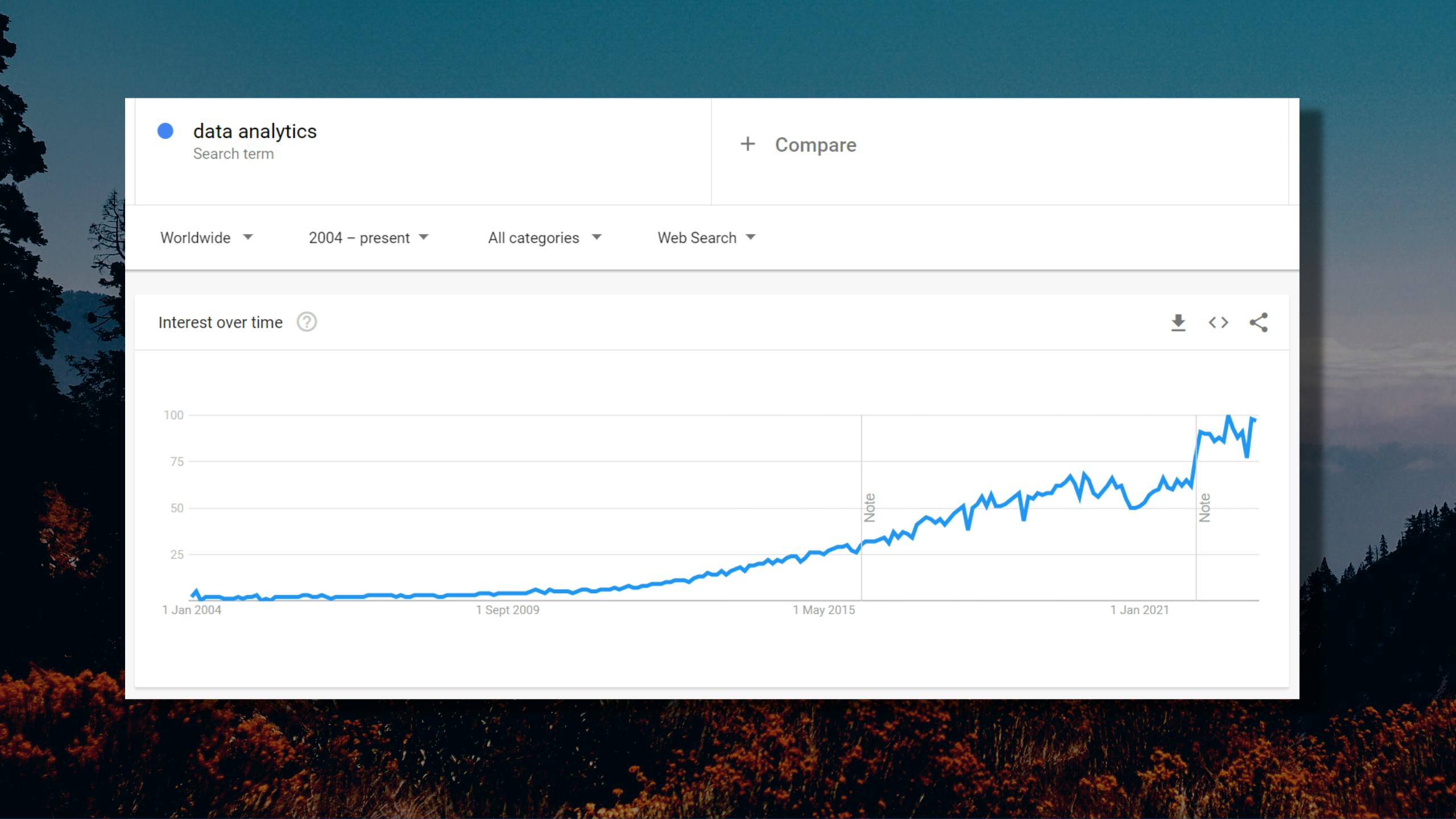
Data analytics is a lucrative career path. As the demand for data analytics increases, so does the demand for skilled professionals in this field. Before this field becomes saturated, you must act quickly to get the most out of it.
10. Path to Data Science
Data analytics is a subset of data science, but it's not essential to become a data scientist. However, knowing data analytics can give you a competitive edge when transitioning from data analyst to data scientist.
I highly recommend this path to becoming a successful data scientist. You'll have a better grasp of sources, data, operations, business rules, current issues, and the exact requirements. This will help you to design and build a useful machine learning or AI model.
If you still have doubts or questions about the field of data analytics, don't hesitate to reach out to me on Twitter or LinkedIn.
Want to learn more about data analytics and SAS programming then check out these free resources.
